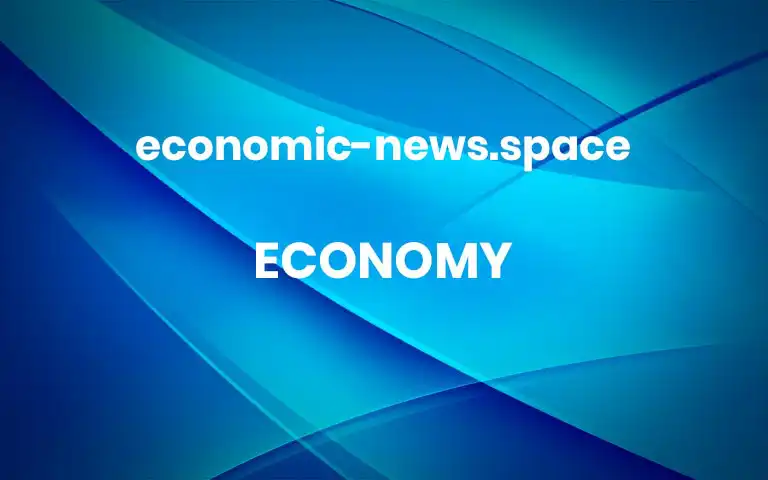Inflation Is Here. What Now?

Prices are rising fast, in ways that seem temporary, yet this could change expectations in ways that are self-reinforcing.Rising prices for things like lumber reflect rising demand meeting a supply that cannot be immediately and easily increased.Rogelio V. Solis/Associated PressThe central fact of the American economy in mid-2021 is that demand for all sorts of goods and services has surged. But supplies are coming back slowly, with the economy acting like a creaky machine that was turned off for a year and has some rusty parts.The result, as underlined in new government data this week, is shortages and price inflation across many parts of the economy. That is putting the Biden administration and the Federal Reserve in a jam that is only partly of their own making.Higher prices and the other problems that result from an economy that reboots itself are frustrating, but should be temporary. Still, the longer that the surges in prices continue and the more parts of the economy that they encompass, the greater the chances that Americans’ psychology about prices and inflation could shift in ways that become self-sustaining.For the last few decades, companies have resisted raising prices or paying higher wages because they felt that doing so would cost them too much business. That put a damper on inflation across the economy. The question is whether current circumstances are evolving in a way that could change that.“Now the genie’s out of the bottle,” said Kristin Forbes, an economist at M.I.T. and a former official at the U.S. Treasury and the Bank of England. “If everybody else is raising prices, it becomes a lot easier for you to do that, too.”To understand the bewildering mix of forces at play, consider what’s going on at your nearest used-car lot.The price of used cars and trucks rose 10 percent in April, according to the latest federal data, one major factor in pushing the Consumer Price Index to its steepest year-over-year jump in 13 years. People in the car business say that this has not one cause, but several — each with different implications for the economy and for policy.Some involve the microeconomic decisions made by companies and consumers many months ago that are still rippling through the automobile market.Rental car companies reduced their fleets during the pandemic-induced collapse in travel, and are now struggling to rebuild their inventories — and therefore are not selling the used cars that in a normal market they would continually be unloading. New car sales fell last year during the pandemic, resulting in fewer trade-ins finding their way into the used-car market, and now new car sales are being held back by a shortage of microchips.There isn’t much that government policy can do to fix those problems, unless it involves a time machine. But government policies are part of the story.The combined $2,000 per-person stimulus checks most Americans received in the early months of the year amount to a healthy down payment for many families. Generous unemployment benefits are helping contain the number of delinquent auto loans, and in turn the supplies of repossessed cars on the market. Low interest rate policies from the Fed have made financing cheap.But let’s imagine that, in response to the problem, the Fed raised interest rates or that Congress increased taxes to claw back stimulus payments.Those actions alone wouldn’t create more microchips or let rental car companies undo decisions from a year ago. Higher interest rates or taxes might even make things worse, if the actions led suppliers to hold back on investing in new capacity for fear demand would fall in the future.The used-car market may start to stabilize late this year, but the problems are unlikely to be fully worked out until 2022, said Jessica Caldwell, an auto industry analyst with Edmunds.“The only winners here are people that have a vehicle they want to get rid of,” she said. “If you have a car to sell that you don’t need, it is bonkers what you can get for it.”At any given time, the prices for some things are rising and those for others are falling, for all kinds of idiosyncratic reasons. Policymakers generally try not to react to those moves; they are essential to how markets work. If there is a shortage of limes, their prices spike and people use more lemons.What is unusual about this moment is that prices for so many things are rising at once, albeit for different reasons. Some, like airfares, are simply returning to prepandemic levels, which shows up in inflation data as a price increase. Others, like lumber prices, reflect high demand along with supply that is fixed in the short run.And still others, like the spike in East Coast gasoline prices after a cyberattack shut down a major pipeline, are truly random events that tell us virtually nothing about underlying supply and demand or future inflation.Some other sectors seem poised to experience price rises. Restaurants, for example, are complaining of severe labor shortages that are forcing them to curtail service or sharply raise pay for line cooks and dishwashers. If they try to reflect those higher costs in their prices, it will cause the price of food away from home to start rising faster than the (already fairly high) 3.8 percent figure over the last year.Professional inflation-watchers are on close watch for signs that these forces might be unleashing a form of thinking about price dynamics unseen since the early 1980s, when prices rose in part because everyone expected them to.The Fed is betting that won’t happen — that even if there are several months of surging prices, it will be at worst a one-time adjustment, and potentially something that reverses as old spending patterns return and workers return to their jobs.“If past experience is any guide, production will rise to meet the level of goods demand before too long,” the Fed governor Lael Brainard said in a speech this week. “A limited period of pandemic-related price increases is unlikely to durably change inflation dynamics.”For now, movements in key financial markets mostly align with the Fed view.Futures contracts for major commodities like oil and copper, for example, suggest that traders expect prices to fall slightly in the years ahead, not rise further.And in the bond market, even after a surge in longer-term interest rates following the high inflation reading Wednesday, most signs point to future inflation consistent with the 2 percent the Fed aims for.Still, the level of future inflation implied by those bond prices has risen significantly in the last few weeks, meaning further moves are likely to increase worries that the inflation issues will be not-so-transitory after all. And the pattern could change abruptly if more evidence starts to arrive that the outlook for inflation is becoming unmoored.“We aren’t obviously on the way to a very high and persistent inflation outcome,” said Brian Sack, director of global economics at the hedge fund D.E. Shaw and a former senior Federal Reserve official. “But we’re at an inflection point, in that the rise in inflation expectations to date has been a policy success, but a rise from here could become a policy problem.”The Fed may believe that the evidence emerging in various corners of the economy is a one-time occurrence that will fade into memory before too long. The Biden administration is betting its agenda on the same idea.Ultimately, what matters more than whatever the bond market does is how ordinary Americans who make everyday economic decisions — demanding raises or not, paying more for a car or not — view things. Can they wait for the complex machinery of the American economy to fully crank into gear? More



